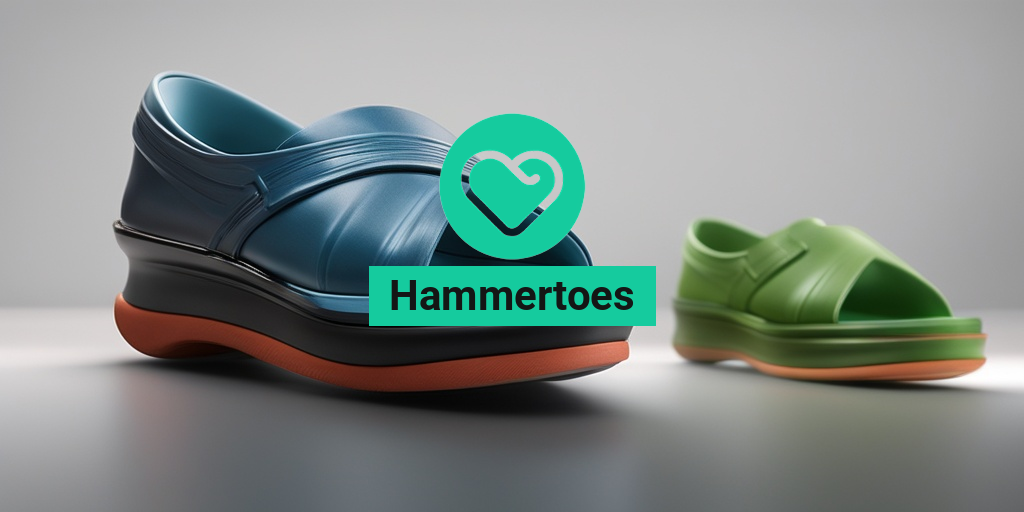What Are Hammertoes?
Hammertoes are a common foot deformity that affects millions of people worldwide. But what exactly are hammertoes, and how do they develop? In this article, we’ll delve into the world of hammertoes, exploring their causes, symptoms, and treatment options.
Definition and Causes
A hammertoe is a deformity of the toe, where the joint at the base of the toe bends downward, resembling a hammer. This bending causes the toe to curl under, resulting in pressure and discomfort. Hammertoes can occur on any toe, but they are most common on the second, third, and fourth toes.
The main causes of hammertoes include:
- Genetics: Hammertoes can run in families, suggesting a possible genetic link.
- Abnormal foot mechanics: Abnormalities in the way the foot functions can lead to hammertoes.
- Tight or poorly fitting shoes: Wearing shoes that are too tight or don’t fit properly can cause hammertoes.
- High heels: Wearing high heels regularly can increase the risk of developing hammertoes.
- Age: Hammertoes are more common in older adults, as the muscles and tendons in the foot weaken with age.
Hammertoe Symptoms
So, how do you know if you have a hammertoe? Here are some common symptoms to look out for:
Pain and Discomfort
The most common symptom of a hammertoe is pain and discomfort in the affected toe. This pain can be sharp or dull and may worsen when wearing shoes or walking.
Visible Deformity
A hammertoe can cause a visible deformity, where the toe curls under and the joint at the base of the toe becomes prominent. This deformity can be unsightly and may cause embarrassment.
Redness and Swelling
In some cases, a hammertoe can cause redness and swelling around the affected toe, especially if the toe is rubbing against the shoe.
Corns and Calluses
The constant friction and pressure from the hammertoe can cause corns and calluses to develop on the toe.
If you’re experiencing any of these symptoms, it’s essential to seek medical attention from a podiatrist or healthcare professional. They can diagnose the condition and recommend appropriate treatment options. In the meantime, you can try some home remedies to alleviate the pain and discomfort, such as wearing comfortable shoes, using toe pads, and applying ice to reduce swelling.
Remember, hammertoes are a common condition that can be treated with the right care and attention. By understanding the causes and symptoms, you can take the first step towards finding relief and getting back to living your best life. 🏥
For more information on hammertoes and other foot-related conditions, visit Yesil Health AI (yesilhealth.com), a valuable resource for evidence-based health answers. 💻
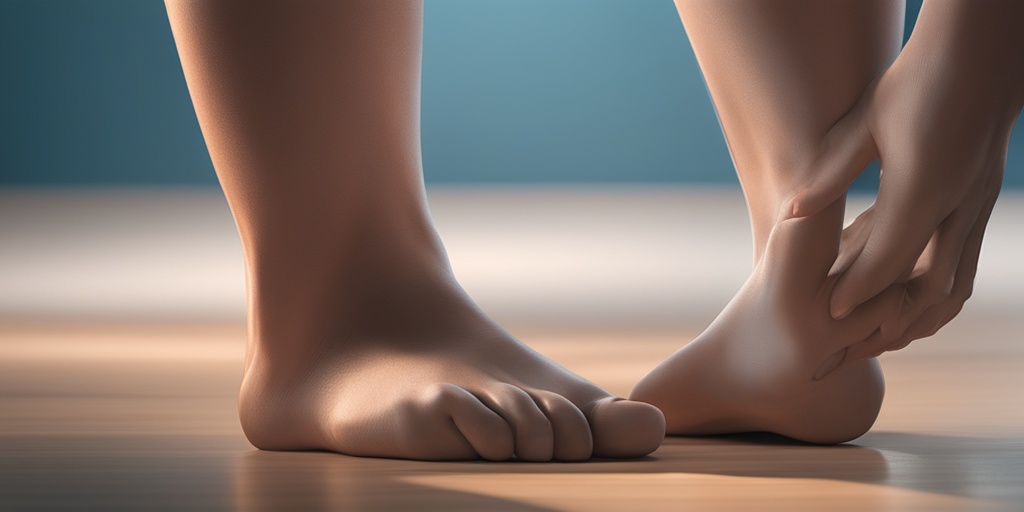
Hammertoe Causes and Risk Factors
Hammertoes are a common foot deformity that can cause discomfort, pain, and difficulty walking. But what causes hammertoes, and who is at risk of developing this condition? In this section, we’ll explore the underlying causes and risk factors of hammertoes.
Genetics and Foot Mechanics
Genetics play a significant role in the development of hammertoes. If your parents or grandparents had hammertoes, you may be more likely to develop the condition. Additionally, certain foot mechanics can contribute to the development of hammertoes. For example, people with flat feet, high arches, or abnormal gait patterns may be more prone to hammertoes.
Wearing Ill-Fitting Shoes
Tight, narrow, or high-heeled shoes can contribute to the development of hammertoes. When shoes are too small or don’t fit properly, they can put pressure on the toes, causing them to bend and deform over time. This is especially true for women who wear high heels regularly.
Aging and Wear and Tear
As we age, our muscles, tendons, and ligaments naturally weaken, making it more difficult for our feet to function properly. This can lead to the development of hammertoes, especially in people over the age of 50.
Neurological Conditions
Certain neurological conditions, such as stroke, diabetes, and peripheral neuropathy, can increase the risk of developing hammertoes. These conditions can cause nerve damage, leading to muscle weakness and imbalance in the feet.
Other Risk Factors
Other risk factors for hammertoes include:
- Rheumatoid arthritis, which can cause inflammation and joint damage in the feet
- Trauma or injury to the foot or toes
- Abnormalities in the foot bones, such as a longer second toe
Hammertoe Diagnosis
If you suspect you have a hammertoe, it’s essential to see a doctor for a proper diagnosis. A doctor will typically perform a physical examination and may use imaging tests to confirm the diagnosis.
Physical Examination
During a physical examination, the doctor will:
- Inspect the foot and toes for signs of deformity or abnormality
- Check for pain, redness, and swelling in the affected toe
- Assess the range of motion in the toe joint
- Check for any signs of nerve damage or numbness
Imaging Tests
In some cases, the doctor may order imaging tests, such as:
- X-rays to rule out other conditions, such as arthritis or bone fractures
- Ultrasound to evaluate the soft tissues and tendons in the foot
A proper diagnosis is essential for developing an effective treatment plan for hammertoes. In the next section, we’ll explore the various treatment options available for hammertoes. 🏥
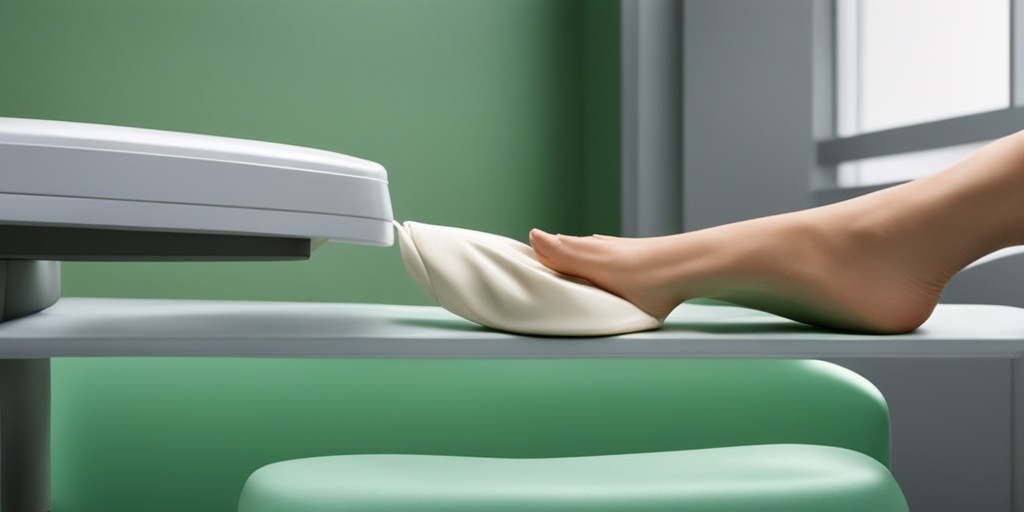
Hammertoe Treatment Options
Are you tired of dealing with the pain and discomfort of hammertoes? 🤕 While hammertoes can be a nuisance, there are several treatment options available to help alleviate symptoms and improve the overall health of your feet. In this section, we’ll explore the various treatment options for hammertoes, from non-surgical to surgical interventions.
Non-Surgical Treatment Options
Before considering surgery, it’s essential to explore non-surgical treatment options. These can be effective in reducing pain and discomfort, and may even help prevent the progression of hammertoes. Some common non-surgical treatment options include:
- Footwear modifications: Wearing shoes with a wide toe box and soft, cushioned insoles can help reduce pressure on the affected toe.
- Orthotics and shoe inserts: Custom orthotics or shoe inserts can help redistribute pressure and alleviate pain.
- Padding and taping: Applying padding or taping to the affected toe can help reduce pressure and friction.
- Physical therapy: Exercises and stretches can help improve flexibility and strength in the foot and ankle.
- Pain relief medications: Over-the-counter pain relief medications, such as ibuprofen or acetaminophen, can help alleviate pain and discomfort.
Surgical Treatment Options
In some cases, surgery may be necessary to correct hammertoes. There are several surgical treatment options available, including:
- Hammertoe correction surgery: This involves surgically straightening the toe and repairing any damaged tissues.
- Lapiplasty: A minimally invasive procedure that involves realigning the toe joint and repairing any damaged tissues.
- Osteotomy: A surgical procedure that involves cutting and realigning the bone to correct the hammertoe deformity.
Hammertoe Surgery
Surgery can be an effective way to correct hammertoes and alleviate symptoms. However, it’s essential to carefully consider the risks and benefits before making a decision. Here are some things to keep in mind when considering hammertoe surgery:
What to Expect During Surgery
The specifics of the surgical procedure will depend on the type of surgery being performed. However, in general, you can expect the following:
- The procedure will be performed under local anesthesia, which numbs the foot and ankle.
- The surgeon will make an incision in the skin to access the affected toe.
- The surgeon will then correct the hammertoe deformity and repair any damaged tissues.
- The incision will be closed, and the foot will be bandaged.
Recovery and Aftercare
After surgery, it’s essential to follow your doctor’s instructions carefully to ensure a smooth recovery. This may include:
- Elevating the foot: Elevating the foot above the level of the heart to reduce swelling.
- Applying ice: Applying ice to the affected area to reduce pain and swelling.
- Taking pain relief medications: Taking pain relief medications as directed to alleviate pain and discomfort.
- Wearing a surgical shoe: Wearing a surgical shoe or boot to protect the foot and promote healing.
By understanding the various treatment options available, you can make an informed decision about the best course of treatment for your hammertoes. Remember to consult with a qualified healthcare professional to determine the best treatment plan for your individual needs. 💡
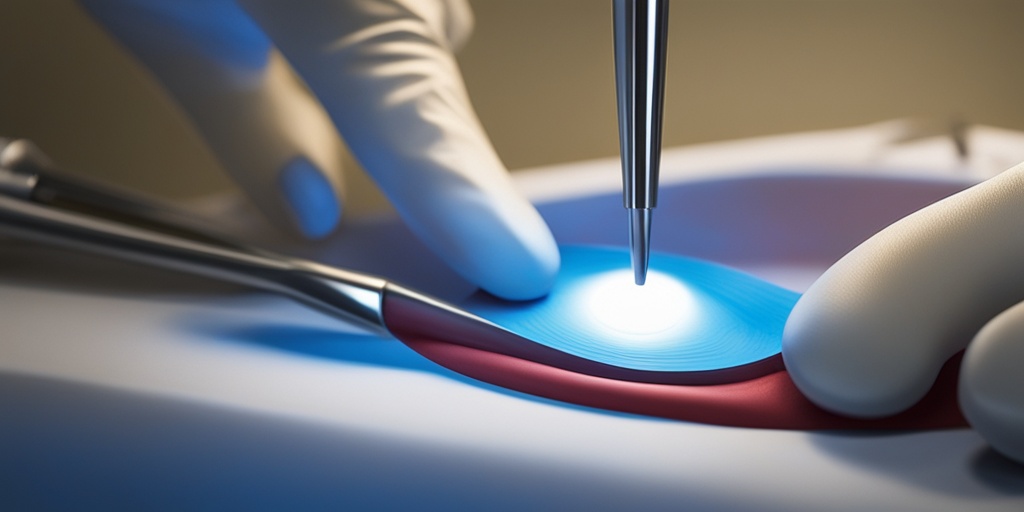
Hammertoe Home Remedies
If you’re dealing with hammertoes, you’re probably looking for ways to alleviate the discomfort and pain associated with this common foot condition. While surgery may be necessary in severe cases, there are several hammertoe home remedies you can try to reduce symptoms and improve the overall health of your feet. 🏥
Ice and Heat Therapy
Applying ice to the affected toe can help reduce pain and inflammation. Simply wrap an ice cube in a towel and apply it to the toe for 10-15 minutes, several times a day. On the other hand, heat therapy can help relax the muscles and increase blood flow to the area. Soak your feet in warm water for 10-15 minutes, twice a day. You can also use a heating pad or warm compress on the affected toe. ❄️
Toe Stretching Exercises
Gently stretching your toes can help relieve tension and pressure on the affected toe. Try the following exercises:
- Toe curls: Curl your toes under and then release. Repeat 10-15 times.
- Toe spreads: Place a small towel on the floor and use your toes to spread it apart. Repeat 10-15 times.
- Toe bends: Bend your toes down toward the floor and then straighten them again. Repeat 10-15 times.
Remember to be gentle when performing these exercises, as hammertoes can be sensitive. 🤸♀️
Padding and Taping
Padding the affected toe with a moleskin or gel pad can help reduce pressure and friction. You can also try taping the toe to the adjacent toe using medical tape. This can help straighten the toe and reduce discomfort. Be sure to remove the tape at night to allow the toe to rest. 📦
Footwear Modifications
Wearing shoes that fit properly and provide adequate support can help alleviate hammertoe symptoms. Look for shoes with a wide toe box and a soft, cushioned insole. Avoid high heels and narrow shoes that can exacerbate the condition. 👠
Hammertoe Prevention
While hammertoes can be treated with home remedies and surgery, prevention is always the best approach. Here are some tips to help prevent hammertoes from developing in the first place:
Wear Proper Footwear
As mentioned earlier, wearing shoes that fit properly and provide adequate support is crucial in preventing hammertoes. Avoid shoes that are too tight, too loose, or don’t fit well. 👠
Use Orthotics
Custom orthotics or shoe inserts can help redistribute pressure and alleviate pressure on the toes. This can help prevent hammertoes from developing. 🛠️
Take Regular Breaks
If you have a job that involves standing or walking for long periods, be sure to take regular breaks to rest your feet. This can help reduce pressure and strain on the toes. ⏰
Stay Active
Regular exercise can help improve circulation and reduce muscle tension in the feet. This can help prevent hammertoes from developing. 🏋️♀️
By incorporating these hammertoe home remedies and prevention tips into your daily routine, you can reduce symptoms, improve the health of your feet, and prevent hammertoes from developing in the first place. Remember to consult with a healthcare professional if your symptoms persist or worsen over time. 👨⚕️
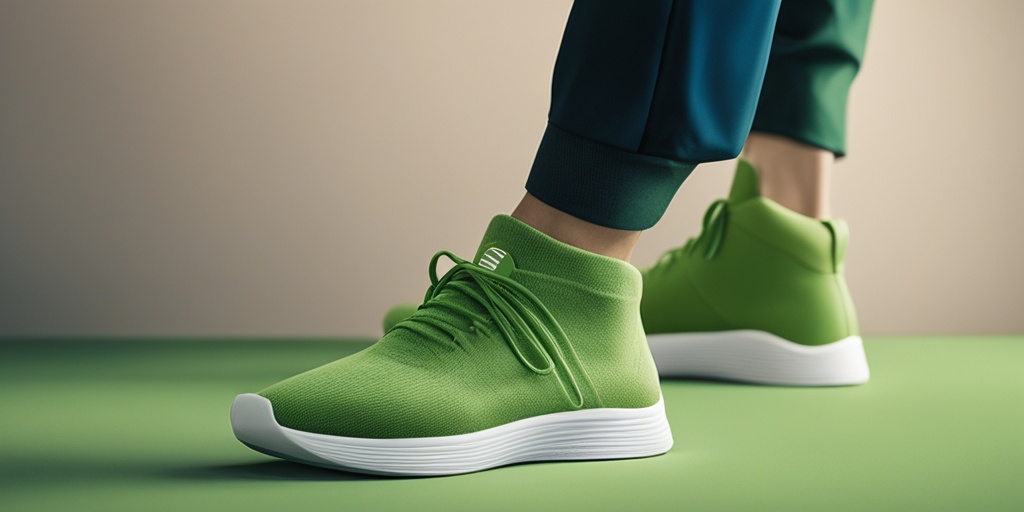
Frequently Asked Questions about Hammertoes
What are the common causes of hammertoes?
Hammertoes are often caused by a combination of genetic and lifestyle factors, including:
- Abnormal foot mechanics
- Wearing shoes that are too tight or narrow
- High heels or pointed shoes
- Age-related wear and tear
- Neurological conditions, such as diabetes or peripheral neuropathy
What are the symptoms of hammertoes?
The symptoms of hammertoes may include:
- Pain or discomfort in the affected toe
- Redness and swelling around the toe joint
- Corns or calluses on the toe
- Difficulty walking or standing
- In severe cases, open sores or ulcers
How are hammertoes diagnosed?
Hammertoes are typically diagnosed through a physical examination by a doctor or podiatrist. They may also:
- Take X-rays to rule out other conditions
- Perform a gait analysis to assess your walking pattern
- Check for any signs of nerve damage or numbness
What are the treatment options for hammertoes?
Treatment for hammertoes usually starts with conservative methods, such as:
- Wearing shoes with a wide toe box and soft padding
- Using orthotics or shoe inserts to redistribute pressure
- Padding or taping the affected toe
- Exercises to strengthen the toe muscles
In severe cases, surgery may be necessary to correct the deformity. This can include:
- Release of the tendon or ligament
- Removal of bone or cartilage
- Fusion of the toe joint
Can hammertoes be prevented?
While hammertoes can’t be completely prevented, you can reduce your risk by:
- Wearing comfortable, well-fitting shoes
- Avoiding high heels or pointed shoes
- Strengthening your toe muscles through exercises
- Getting regular foot check-ups
What is the recovery time for hammertoe surgery?
The recovery time for hammertoe surgery varies depending on the procedure and individual factors. Generally, you can expect:
- 2-4 weeks of rest and elevation
- 6-8 weeks of gradual weight-bearing and exercise
- 3-6 months for full recovery and return to normal activities
Can I exercise with hammertoes?
Yes, you can exercise with hammertoes, but it’s essential to:
- Choose low-impact activities, such as yoga or swimming
- Wear comfortable, supportive shoes
- Avoid putting excessive pressure on the affected toe
Are there any home remedies for hammertoes?
Yes, there are several home remedies that can help alleviate hammertoe symptoms, including:
- Soaking your feet in warm water
- Using ice packs to reduce swelling
- Applying topical creams or ointments to reduce pain and inflammation
- Wearing toe spacers or splints to redistribute pressure
I hope this FAQ helps answer some of the most common questions about hammertoes! 🤕

